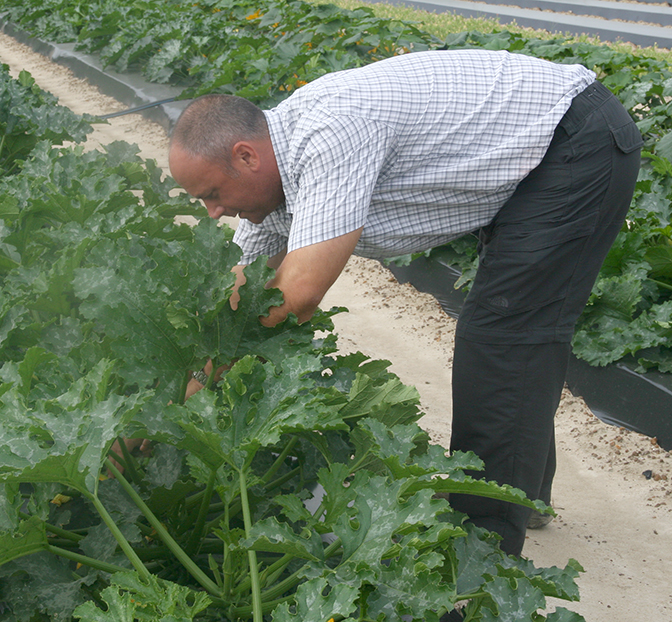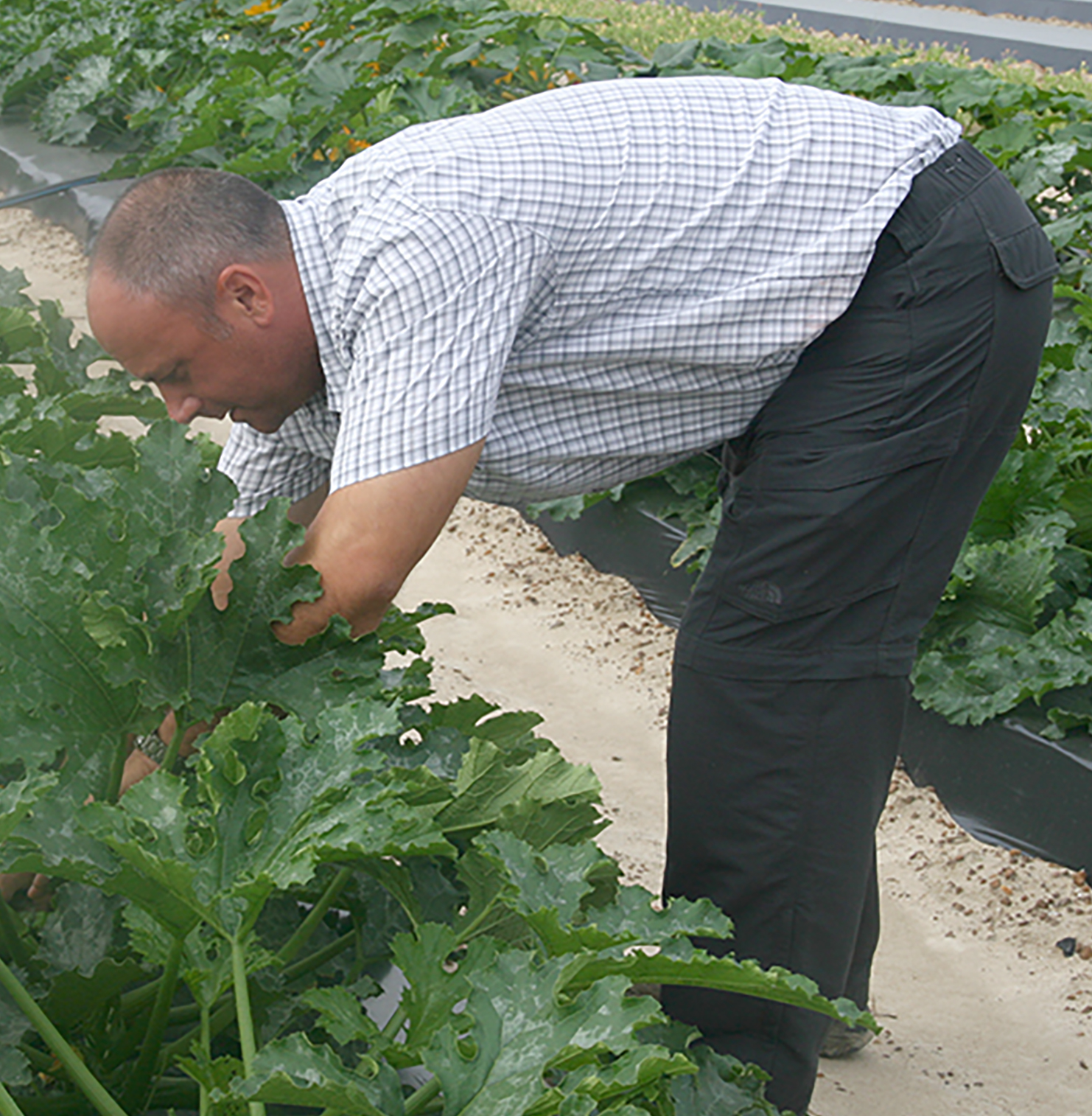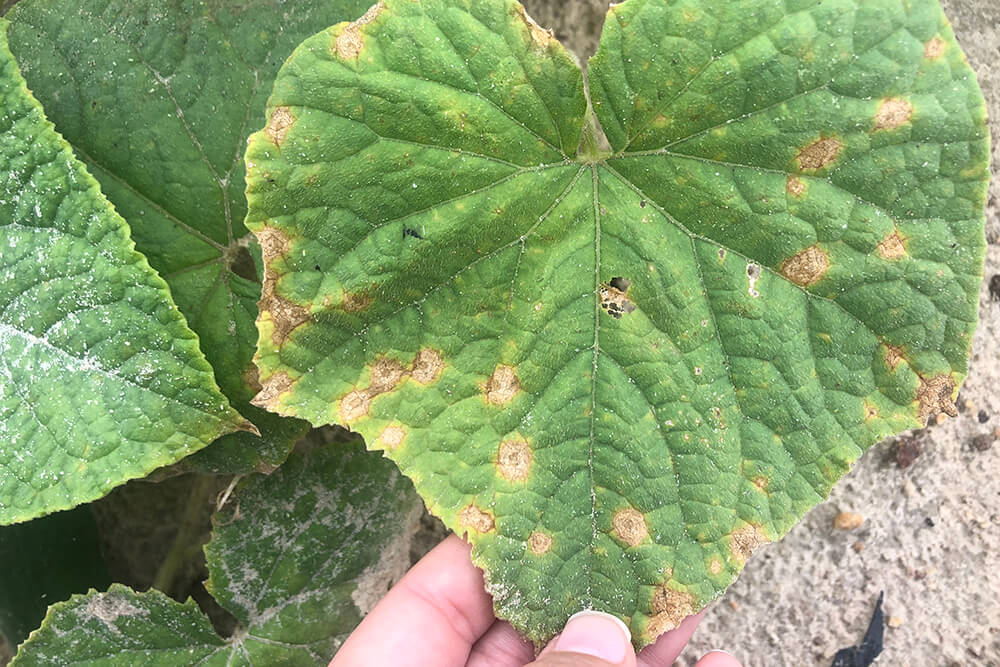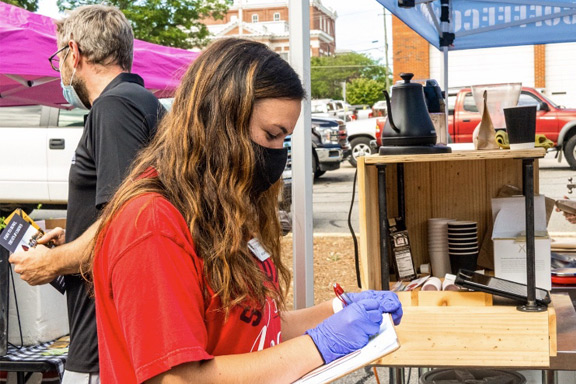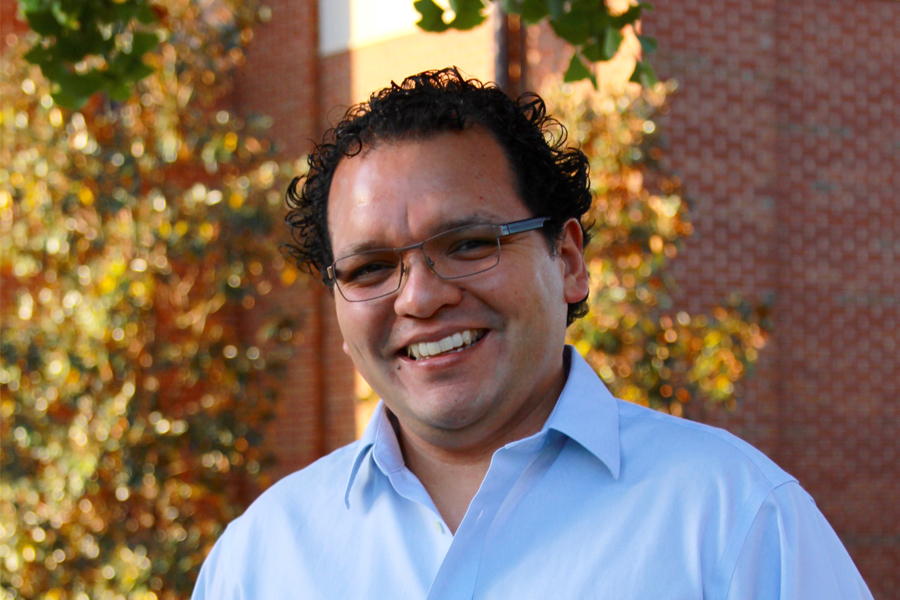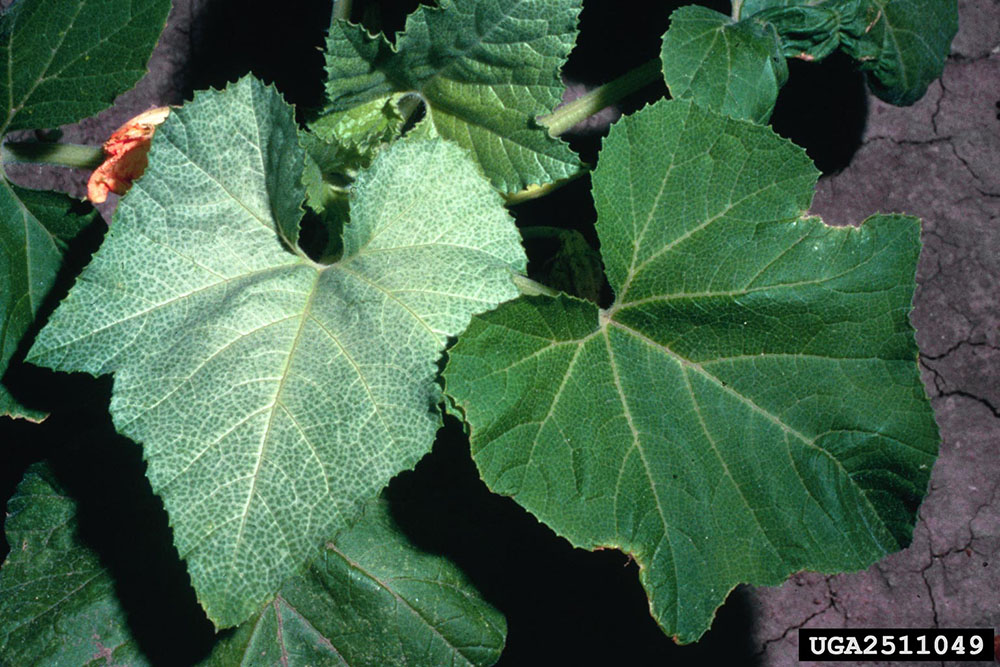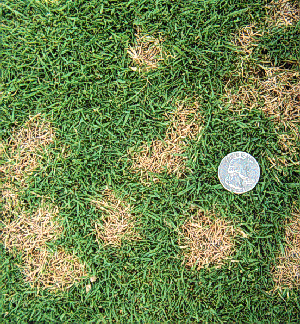Georgia growers produce hard squash in the spring to avoid tremendous virus pressure in the fall, according to University of Georgia Cooperative Extension vegetable specialist Tim Coolong.
Hard squash, such as butternut or acorn squash, is typically associated with being fall-harvested, especially in the North.
However, for growers who have trouble producing hard squash in the fall in Georgia due to high disease and insect pressure, a hard squash crop can be grown in the spring, like any other cucurbit.
“You can actually produce a pretty good crop of the hard squash with very little virus pressure in the spring,” Coolong said. “And they store quite well, so it’s not something that you have to eat in the middle of July when it’s 100 degrees and it feels more like watermelon weather than baking-butternut-squash weather.”
Coolong said that his research team has butternut squash, picked in July, stored in a walk-in cooler on the UGA Tifton Campus. Its storage potential makes it an attractive crop for gardeners.
However, growing hard squash in the spring still comes with issues. Once the temperature stays consistently in the 90s, the heat begins to have an effect on pollination and fruit set. Unless the squash is grown in a shady area in the garden, there is no way to limit the temperature’s effect. Coolong said that planting should be done in April to have a full two- to three-month growing season before it becomes prohibitively hot.
“Generally we will still have some pollination and fruit set, but fruit tend to be smaller and in some cases malformed, due to inadequate or incomplete pollination,” Coolong said of the heat’s effect.
Once the squash is in the ground, water requirements average about an inch per week. Fertilization requirements are a bit higher for the typical summer squash because they are a longer season crop. It is recommended that most of the phosphorus be used before planting and the rest at planting. In the northern part of the state, it is recommended that about 130 pounds of nitrogen be applied per acre; in the southern part of the state, it might be 150 to 170 pounds, according to Coolong.
When it is time to harvest, know that butternut squash take about two weeks longer than acorn squash. Typically, the skin will get firm and turn to a tan color on butternut squash. The vines will still remain strong, but they’ll stop sending fruit.
“Usually when you go in, they’ve got a firm, hard skin on them, and you can cut a few to make sure they’re ready to harvest,” Coolong said.
Proper storage requires a cool, dry location. A basement or dark closet somewhere will work well. Cold storage, if available, will allow the squash to be preserved for an especially long time.
“Some unique types of hard squashes can get pretty big, so finding cold storage can be a challenge, but for most individuals, a cool, dry place would be fine,” Coolong said.

